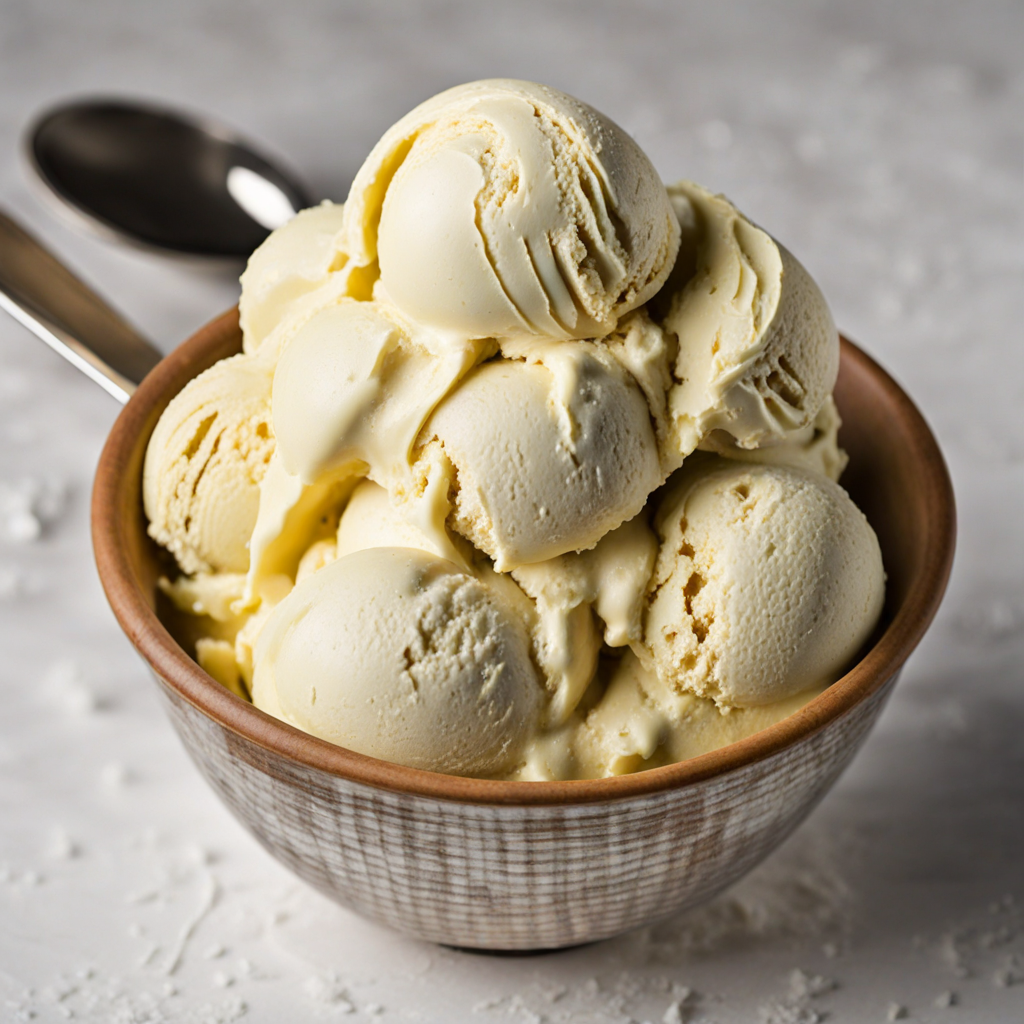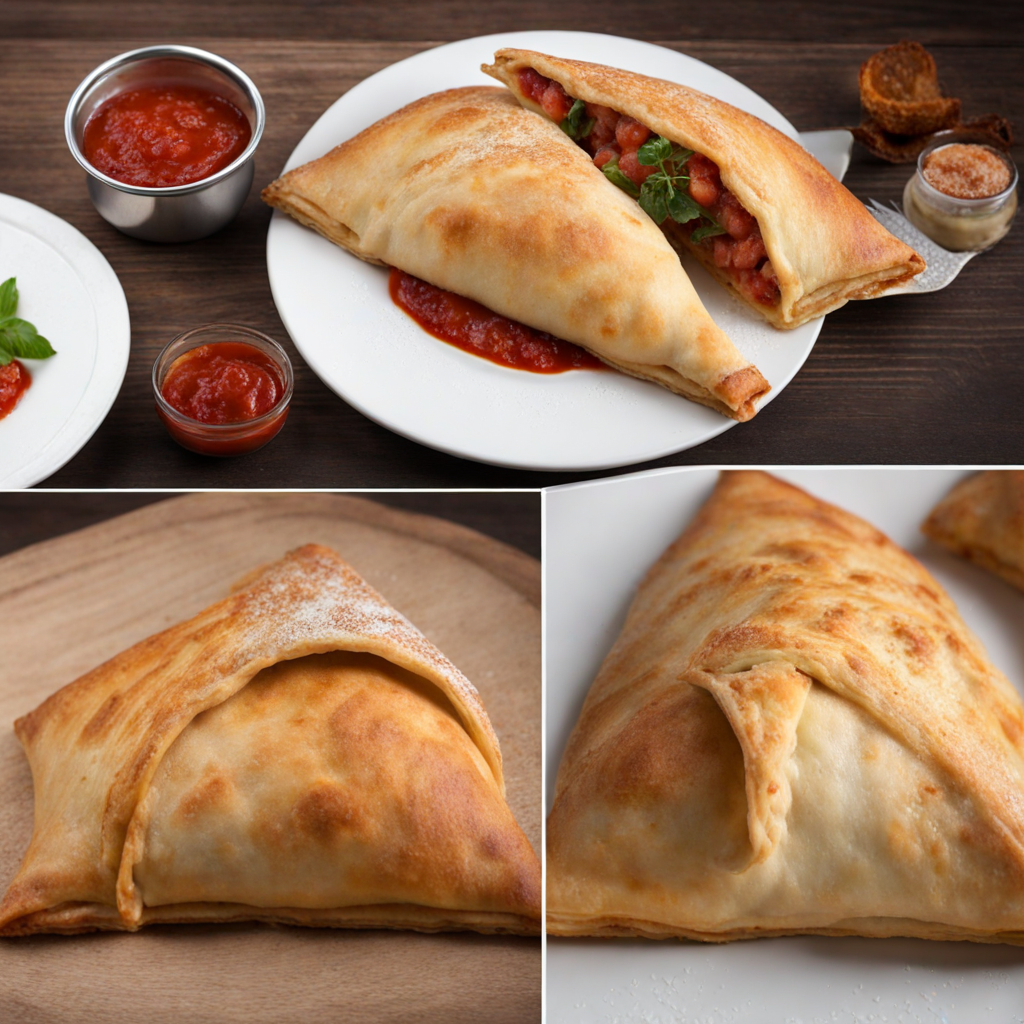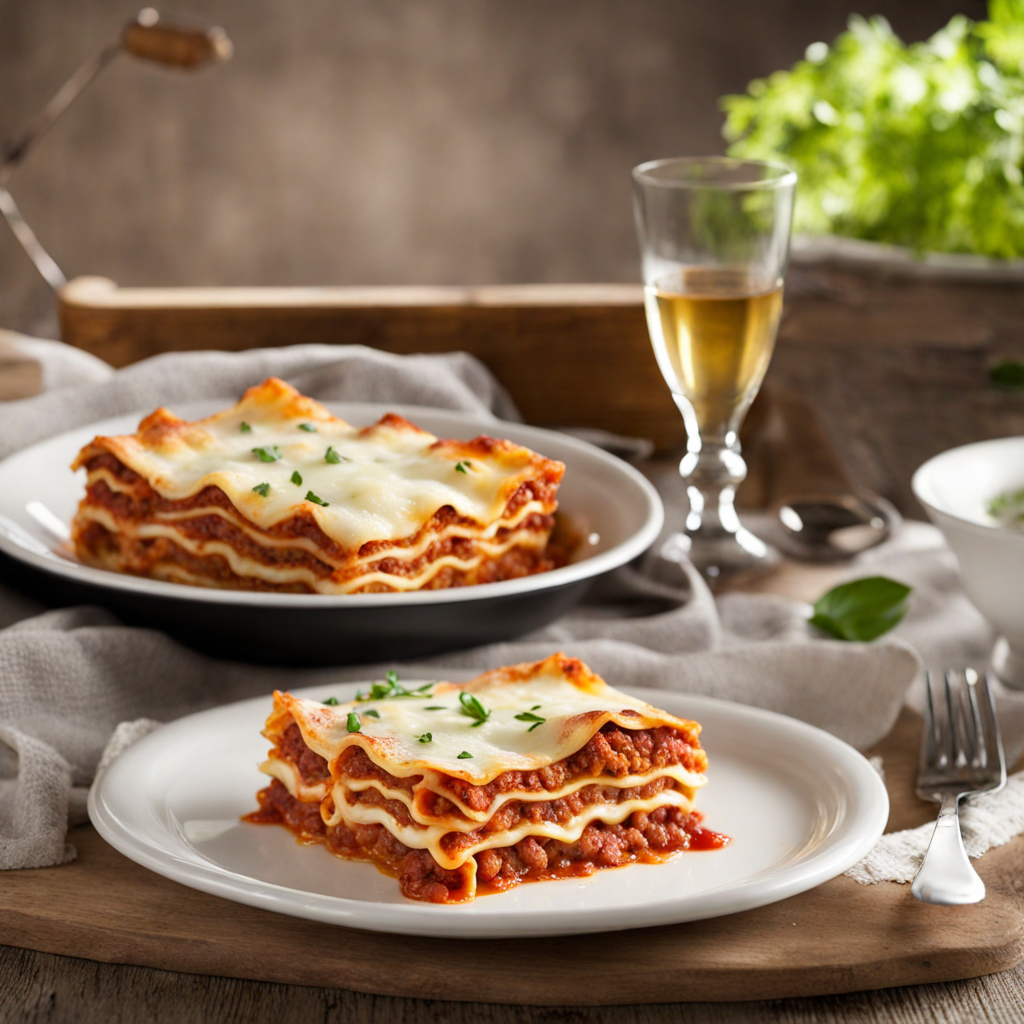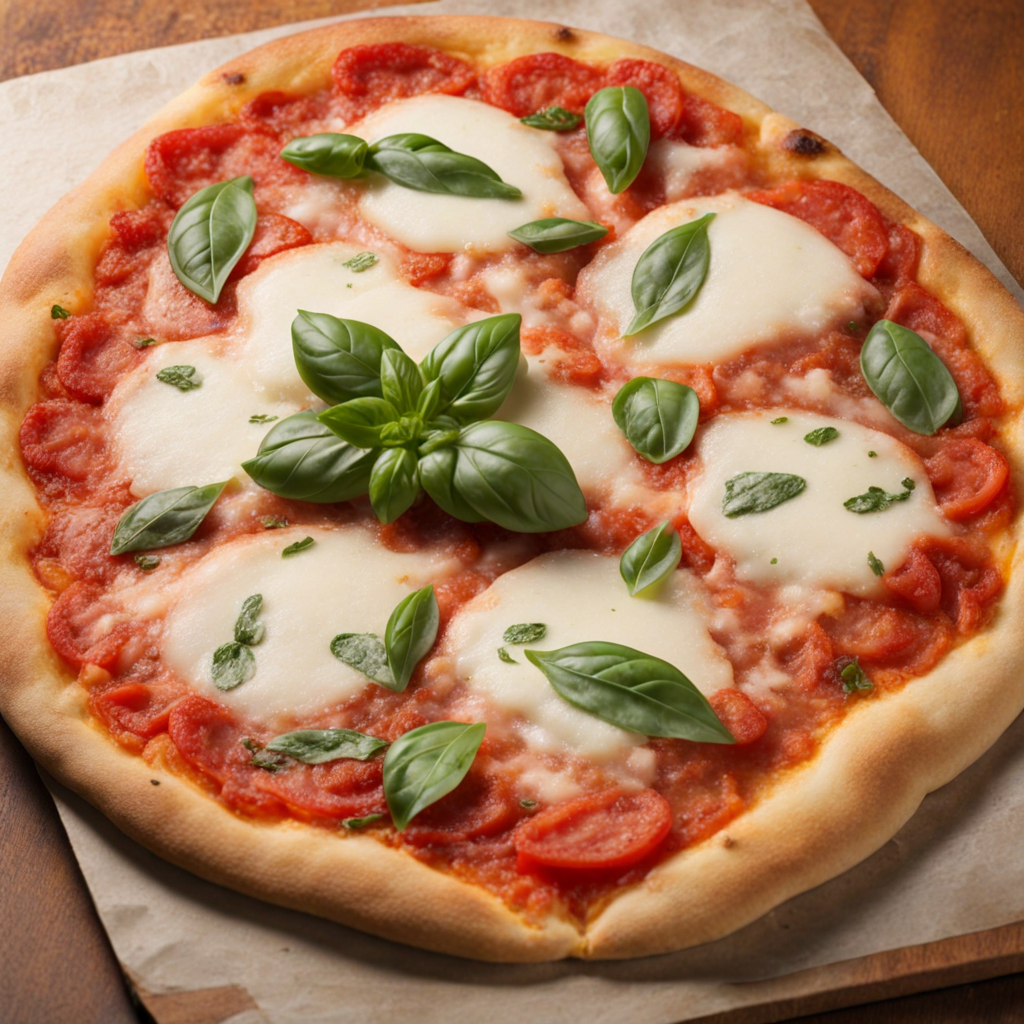Gelato
Gelato, a quintessential Italian treat, is a creamy, rich ice cream that boasts a denser texture than its American counterpart. Made with a higher proportion of whole milk and less cream, gelato is churned at a slower speed, ensuring that less air is incorporated into the mixture. This unique preparation results in a velvety smooth consistency that melts beautifully on the palate, offering an indulgent experience that is both refreshing and satisfying. The vibrant flavors of gelato are often derived from high-quality, natural ingredients, including fresh fruits, nuts, and artisanal chocolate, making each scoop a delightful journey through Italy's diverse culinary landscape. One of the most enchanting aspects of gelato is its vast array of flavors, ranging from traditional options like stracciatella and pistachio to more adventurous combinations such as lavender honey or tiramisu. Each gelateria often showcases their signature flavors, with some even creating seasonal specialties that reflect local ingredients and traditions. The artistry of gelato-making also lies in the balance of flavors, where the sweetness is perfectly complemented by a hint of salt or acidity, making every bite a harmonious blend of tastes that dance on the tongue. Enjoying gelato is not just about the taste; it’s an experience steeped in Italian culture. Typically served in a small cup or cone, gelato is meant to be savored slowly, encouraging moments of connection and conversation. Whether enjoyed on a sunlit piazza or during a leisurely stroll through the charming streets of an Italian town, gelato invites you to indulge in an authentic taste of Italy, evoking feelings of joy and nostalgia with each delightful scoop.
How It Became This Dish
The history of Gelato is a rich tapestry woven through centuries of culinary innovation and cultural exchange in Italy. Its origins can be traced back to the ancient civilizations of the Mediterranean. The Greeks and Romans enjoyed frozen desserts made from snow and ice, often flavored with honey and fruit. These early forms of frozen treats laid the groundwork for what would evolve into gelato. However, it wasn't until the Renaissance that gelato began to take on its modern form. During the Renaissance, Italy experienced a cultural flourishing that influenced various aspects of life, including cuisine. The Medici family, patrons of the arts and sciences, played a crucial role in the development of gelato. In the 16th century, a Florentine architect named Bernardo Buontalenti is often credited with creating the first true gelato. He combined ice, cream, and various flavorings, presenting it at a banquet for the Spanish ambassador in 1559. This creation was not only a culinary delight but also a symbol of the artistic expression of the time. As gelato spread throughout Italy, it became deeply embedded in the culture. The introduction of sugar from the New World and the development of better freezing techniques in the 17th and 18th centuries further refined the dessert. Gelato shops, known as gelaterie, began to appear in cities across the country, each offering unique flavors and local specialties. In Naples, for instance, the famous stracciatella emerged, featuring creamy vanilla gelato laced with shards of dark chocolate. The cultural significance of gelato cannot be overstated. It became a staple of Italian life, enjoyed by people of all ages and classes. Gelato's creamy texture and intense flavors made it a favorite treat during the hot summer months, often served at social gatherings and celebrations. The tradition of enjoying gelato outdoors, especially in the picturesque squares of Italian towns, became an integral part of the Italian lifestyle. In the late 19th century, gelato began to gain international attention, thanks in part to Italian immigrants who settled in countries like the United States. They brought their gelato-making traditions with them, adapting the recipes to local tastes and ingredients. This led to the creation of new flavors and styles, including the popular American version of ice cream. Despite these adaptations, traditional gelato remained distinct due to its lower fat content and denser texture, which is achieved by churning at a slower speed than ice cream. The 20th century saw a significant evolution in gelato production. The invention of the batch freezer in the 1920s revolutionized the way gelato was made, allowing for greater control over texture and flavor. This innovation led to a proliferation of artisanal gelato makers, who began to experiment with high-quality ingredients and unique flavor combinations. The emphasis on using fresh, local produce became a hallmark of the gelato industry, aligning with the broader slow food movement that sought to promote sustainable and traditional food practices. In the 21st century, gelato has achieved global recognition, with gelaterie popping up in cities around the world. The rise of social media has also played a role in popularizing gelato, as people share their experiences and discoveries with a wider audience. This newfound fame, however, has also sparked discussions about authenticity and quality. Many artisanal gelato makers emphasize traditional techniques and ingredients, striving to maintain the integrity of this beloved Italian treat. Culturally, gelato remains a symbol of Italian identity and pride. Festivals dedicated to gelato, such as the Gelato Festival, celebrate its rich heritage and encourage innovation in flavors and techniques. These events not only showcase traditional recipes but also inspire new creations, blending local and international influences. This dynamic interplay between tradition and modernity ensures that gelato continues to evolve while honoring its storied past. Regional variations of gelato reflect the diverse culinary landscape of Italy. Each region has its own specialties, often influenced by local ingredients and customs. In Sicily, for example, gelato is often made with pistachios from Bronte or almonds from Avola, creating unique flavors that highlight the island's agricultural bounty. Meanwhile, in the Emilia-Romagna region, gelato makers experiment with rich flavors like torrone and zabaione, showcasing the region's culinary heritage. Furthermore, gelato's versatility extends beyond sweet flavors. Savory gelato options, incorporating ingredients like olive oil, cheese, and even balsamic vinegar, have emerged, pushing the boundaries of what gelato can be. Chefs and gelato artisans continue to explore innovative combinations, reflecting contemporary tastes and dietary preferences. This creative spirit, rooted in tradition, ensures that gelato remains a vibrant part of Italy's culinary landscape. As we reflect on the journey of gelato from its ancient origins to its modern-day manifestations, it is clear that this delightful dessert is more than just a treat; it embodies the cultural essence of Italy. It serves as a reminder of the rich history of food as a means of connection and expression. Whether enjoyed on a hot summer day or as a comforting indulgence, gelato remains a beloved symbol of Italian heritage, a testament to the enduring power of food to bring people together. The story of gelato is one of passion, artistry, and tradition, and it continues to inspire generations of food lovers around the world.
You may like
Discover local flavors from Italy







